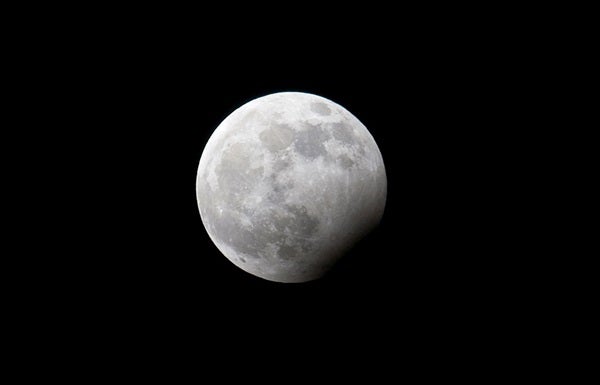On June 26, for the first time since February 2008, people throughout much of North America can see a lunar eclipse. Observers in the continent’s western half will have a better view of this partial eclipse.
The Moon will start to move through Earth’s outer shadow, called the penumbra, at 1:57 a.m. PDT. Our satellite will enter Earth’s darker, inner shadow — the umbra — at 3:17 a.m. PDT.
At maximum (4:38 a.m. PDT), just over half of the Full Moon’s diameter will lie within Earth’s dark shadow. The partial phase ends at 6:00 a.m. PDT, and the Moon will exit the penumbra at 7:20 a.m. PDT.
Astronomy Contributing Editor Mike Reynolds has observed dozens of lunar eclipses. “I enjoy the geometry of these events,” he said. “When celestial bodies millions of miles apart line up, I want to be outside watching.”
Viewers throughout the Pacific Ocean and in Australia can watch the entire eclipse. On eclipse night, the Moon will lie in the constellation Sagittarius the Archer. Its position means that, for most Northern Hemisphere observers, the Moon will lie low in the sky.
Skywatchers will need no special equipment in order to view this eclipse. The entire event is easy to see with unaided eyes. That being said, binoculars or telescopes used at low power (20x) may show details the eye cannot pick up.
Eclipses of the Moon are safe to look at. Because the Moon only shines by reflecting sunlight, the intensity of its radiation is quite low. The Moon is also quite bright, so travel to a “dark-sky” site is unnecessary. This, then, is one of the rare astronomical events that is just as easily viewed from a city.
The next lunar eclipse will occur December 21, 2010. A total eclipse, this event will feature more than an hour of totality — when the Moon lies completely within Earth’s umbra. Again, the Moon’s position favors observers throughout North America.
- Video: How to observe a lunar eclipse
- StarDome: Locate the Moon and Sun in your night sky with our interactive star chart.
- Sign up for our free weekly e-mail newsletter.











